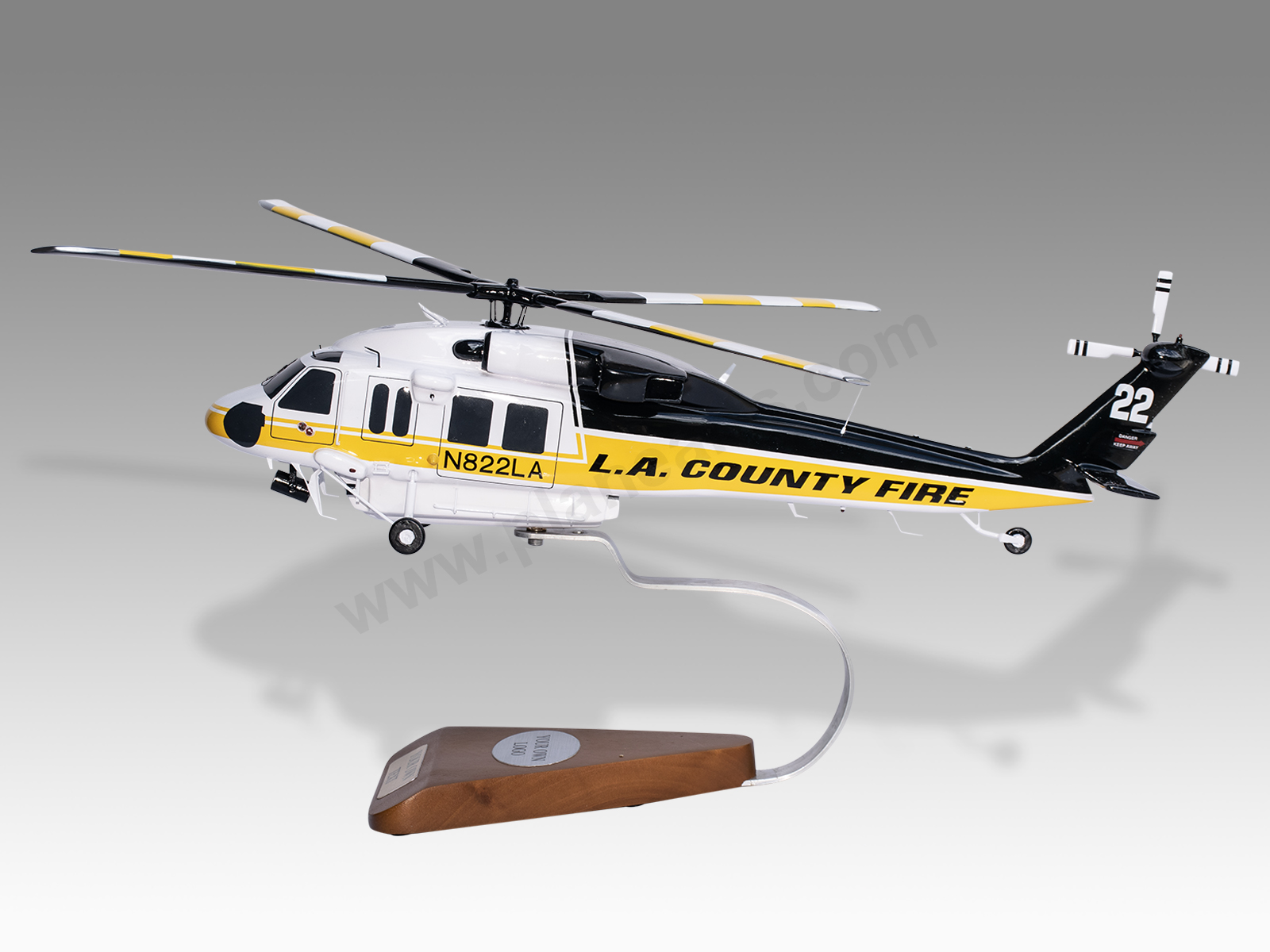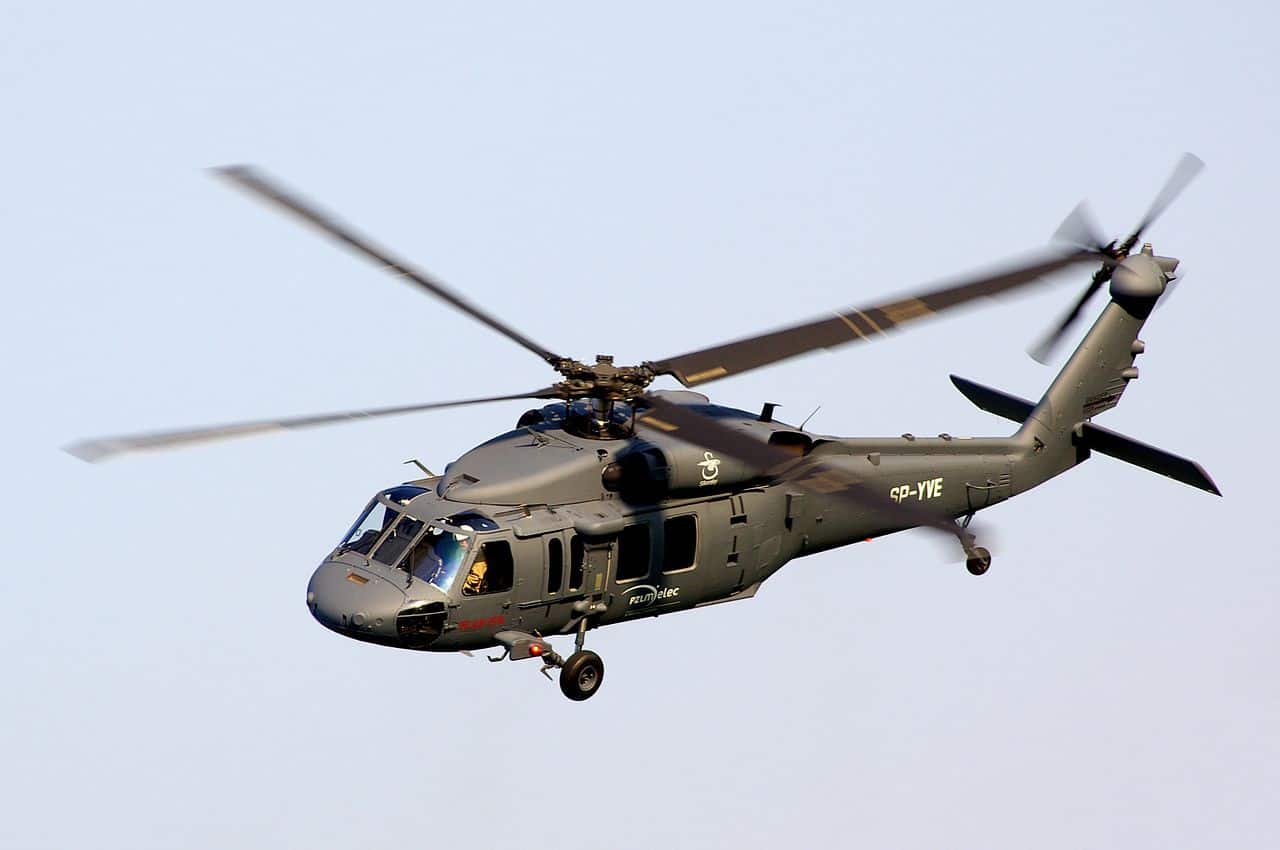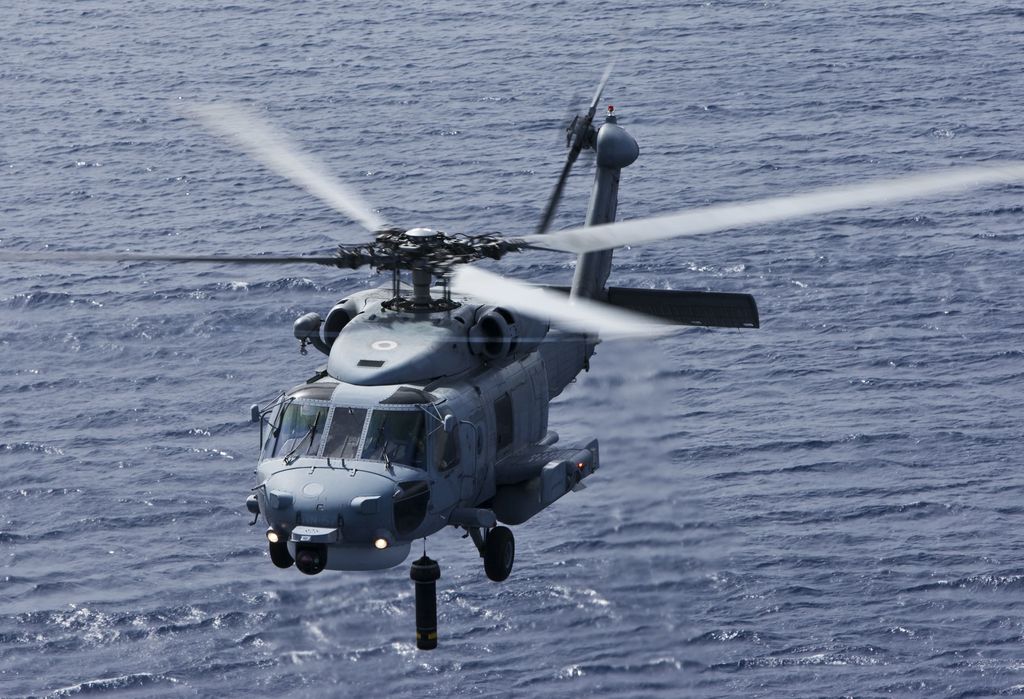High-Performance Multi-Role Rotorcraft Featuring Advanced Cockpit Technologies and Integrated Sensing Unit Systems
The realm of rotorcraft modern technology has actually seen significant developments in current times, particularly in the world of high-performance multi-role rotorcraft geared up with sophisticated cockpit innovations and seamlessly integrated sensing unit systems. These technologies have not just enhanced the functional capabilities of rotorcraft yet have actually additionally significantly affected contemporary air travel operations on numerous fronts. From boosted mission versatility to enhanced operational effectiveness, the convergence of innovative cockpit innovations and integrated sensor systems has introduced a brand-new era of opportunities for rotorcraft applications. In the following discussion, we will explore the advancement of rotorcraft innovation, delve right into the world of innovative cockpit advancements, and analyze the ramifications of integrated sensing unit systems on the operational versatility and efficiency of contemporary rotorcraft.
Evolution of Rotorcraft Innovation
The evolution of rotorcraft technology has actually been noted by considerable improvements in aerodynamics, materials, and propulsion systems, shaping the capacities and efficiency of modern rotorcraft. Furthermore, developments in propulsion systems, including much more effective engines and cutting-edge propulsion technologies, have actually enabled rotorcraft to attain higher elevations, faster speeds, and greater payloads.
These developments have not just transformed the abilities of rotorcraft however have actually likewise increased their applications throughout numerous sectors, including military, industrial, and emergency situation services. The constant development of rotorcraft technology proceeds to drive development in the field, pressing the limits of what is possible and shaping the future of vertical trip.
Advanced Cockpit Innovations
Building upon the fundamental developments in aerodynamics, materials, and propulsion systems, the realm of rotorcraft technology now shifts focus towards pioneering Advanced Cabin Innovations. The integration of cutting-edge innovations within the cockpit setting plays an essential role in boosting the functional capacities, safety, and performance of modern-day rotorcraft. sikorsky s 70. Advanced Cabin Innovations encompass a broad range of features developed to supply pilots with boosted situational awareness, structured information management, and instinctive control interfaces
One of the essential innovations in cabin style is the application of glass cabins, which change traditional analog assesses with high-resolution display screens. These digital systems provide customizable layouts, real-time information assimilation, and boosted readability, allowing pilots to access essential information at a look. Furthermore, advanced avionics systems, such as fly-by-wire controls and augmented fact screens, are changing exactly how pilots communicate with the aircraft, permitting for exact control and enhanced decision-making capacities.


Integrating advanced cabin advancements not only enhances pilot efficiency however likewise adds to overall mission effectiveness and safety in intricate operational settings. By leveraging advanced technologies within the cabin, rotorcraft producers are setting brand-new requirements for functional excellence and mission success.
Integrated Sensor Solutions
With the advancement of rotorcraft technology, the assimilation of innovative Integrated Sensing unit Systems has ended up being extremely important in enhancing operational performance and safety and security. These Integrated Sensing unit Equipments incorporate a large selection of technologies that offer crucial information for different features such as navigating, monitoring, targeting, and environmental surveillance. By effortlessly incorporating sensing units like radars, electronic cameras, lidar, and infrared systems into rotorcraft, drivers can take advantage of enhanced situational understanding, improved mission capacities, and decreased pilot workload.
One trick advantage of Integrated Sensing unit Solutions is their capability to collect real-time data and offer workable insights to pilots and objective drivers. As an example, advanced radar systems can detect and track targets over long distances, permitting for very early hazard discovery and effective reaction preparation. Additionally, incorporating electro-optical and infrared cameras allows rotorcraft to carry out reconnaissance and security goals with precision and accuracy.
Fundamentally, the assimilation of advanced sensing unit innovations right into rotorcraft not just improves operational effectiveness however also contributes substantially to total objective success and team safety. As rotorcraft continue to progress, the role of Integrated Sensor Systems will most certainly stay at the leading edge of innovation in the aerospace market.
Functional Flexibility and Efficiency
Enhancing operational flexibility and effectiveness in rotorcraft is an all-natural development from the assimilation of advanced Integrated Sensor Solutions. By leveraging the understandings and information offered by these sophisticated sensing unit systems, rotorcraft can optimize their efficiency across different goals and environments.
Operational flexibility includes the capacity of rotorcraft to adapt to different functions and situations successfully. With advanced cockpit modern technologies and incorporated sensor systems, rotorcraft can flawlessly transition between tasks such as search and rescue, medical evacuation, surveillance, and a lot more. This flexibility improves the rotorcraft's capability to meet varied functional demands without requiring extensive reconfiguration.
Efficiency in rotorcraft operations is important for making the most of objective performance and source try these out use. Integrated sensing unit systems play a critical duty in boosting functional effectiveness by supplying real-time data on climate condition, terrain mapping, target tracking, and extra. This data makes it possible for pilots to make enlightened decisions swiftly, maximize flight courses, save gas, and improve general mission performance.
Influence On Modern Aeronautics Operations

In addition, the assimilation of innovative sensors facilitates enhanced goal planning and execution, making it possible for rotorcraft to perform a wide variety of tasks with informative post boosted precision. From search and rescue operations to aerial firefighting and police missions, the capabilities of modern rotorcraft outfitted with advanced cabin technologies and integrated sensor systems are unparalleled.
In addition, the influence of these innovations prolongs past functional effectiveness to cost-effectiveness and sustainability. By optimizing trip courses, gas intake, and upkeep timetables, high-performance rotorcraft furnished with advanced cockpit innovations and sensors contribute to minimizing functional prices and environmental effect, making them crucial assets in modern aviation procedures.
Final Thought
Finally, the high-performance multi-role rotorcraft with advanced cabin innovations and integrated sensing unit systems represents a considerable evolution in aeronautics modern technology. These innovations improve functional versatility and effectiveness, ultimately impacting contemporary aeronautics operations in a positive way. The assimilation of these innovative technologies allows for improved abilities and performance in different objective scenarios, showcasing the continued innovation of rotorcraft modern technology in the aeronautics sector.
The world of rotorcraft innovation has seen noteworthy developments in recent times, particularly in the world of high-performance multi-role rotorcraft equipped with innovative cabin modern technologies and flawlessly incorporated sensor systems. From enhanced goal flexibility to improved functional performance, the merging of innovative cabin modern technologies and integrated sensor systems has actually ushered in a new era of opportunities for rotorcraft applications. In the look here complying with conversation, we will explore the advancement of rotorcraft innovation, dive right into the realm of sophisticated cabin developments, and take a look at the effects of incorporated sensor systems on the operational flexibility and efficiency of contemporary rotorcraft.

Comments on “Sikorsky S 70: Enhancing Helicopter Performance and Versatility”